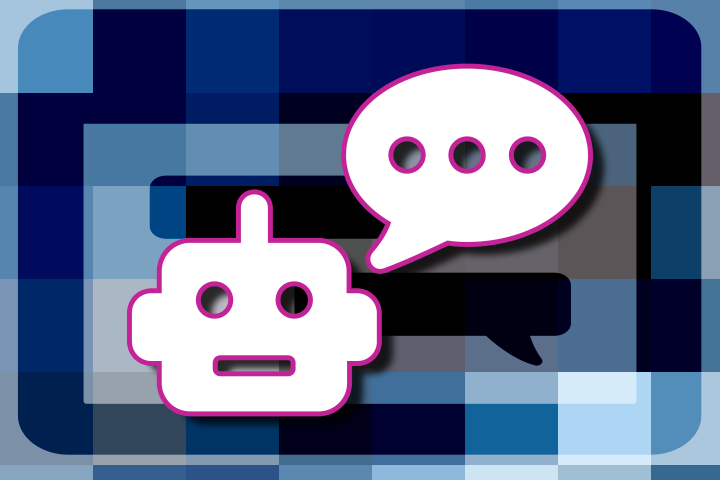
If artificial intelligence -- AI -- is so darn smart, then why isn't it making consumers any happier?
ConsumerAffairs has already tried to answer that question, but we've decided to address the primary AI thing that most of us have to heal with: chatbots -- those little pop-up, artificial intelligence communication widgets that companies use to chat with a customer.
The bad news is that if you don’t like trying to communicate with a chatbot, you better get used to it. As things stand now, only about a quarter of customer service departments are using AI chatbots, but that figure is expected to eclipse 50% within the next year or so.
Chatbot companies are doing whiz-bang business, too. The current forecast has chatbot software producers headed for $1.25 billion by 2025 – a number so appetizing that Amazon is getting in the game, and that could escalate things further and quicker.
Fewer people
Companies love chatbots because they enable them to cut back on human customer service people. Not that customer service is really important anymore, but some brands are convinced that if they put a chatbot as a “front line” in communicating with a customer, that machine can possibly save them some money and hassle.
One of the leading companies behind chatbots says it clearly understands that chatbots can have a bad reputation.
“Customers can feel misunderstood, frustrated and disappointed after navigating pre-written scripts served up by a bot,” Jenn Sewell, senior director of Product Marketing and Brand at Ada, told ConsumerAffairs.
“Customers crave the quality of a real human connection but too often, companies are left wondering how to provide one as the scale of today’s business is continually amplified and we are all called on to do more with less. And despite the effort, it just never works as well as it should.”
Consumers need to understand what magic a chatbot can – and can’t – perform
Everything would be okay if chatbots actually understood what customer service is all about, but as Vaclav Vincalek, a virtual CTO and founder of 555vCTO.com, told ConsumerAffairs, the people who set up chatbots are clueless in that regard.
“Simple information that consumers might be looking for, such as extended holiday return policies or layaway services, can be communicated via chatbot,” he said. “But chatbots aren’t particularly good at handling complex questions.”
The good news is that, according to the other chatbot experts ConsumerAffairs spoke to, if consumers lower their expectations when it comes to chatbots and not try to force the issue with complex questions, the frustration levels should drop dramatically.
Melissa Copeland, the principal of Blue Orbit Consulting LLC and an expert on all things customer experience related, says that the K.I.S.S. principle applies. “If it’s straightforward – like checking status on a delivery, checking a subscription expiration date, scheduling an appointment or needing information on how to fix something – the bot may be able to help you if you are patient and clear,” she said.
Sewell shared her tips for how to best interact with a chatbot:
- Use clear and simple language to describe your situation.
- Always end with a clear call to action, whether that be a question or a request.
- Focus on one topic, limit the number of multi-intent inquiries
- When relevant, log in to your account to provide the bot with the most historical context
- Your writing (length and style) should change naturally from one channel to the next - messaging, social, email, voice, etc
But when all else fails, what do you do?
“If the answer is just pushing an FAQ or information at you that is not on target, the bot probably can’t help, and it’s time to get to a [live] person,” Copeland said.
But how do you get to a live person? Patience and persistence are key.
“If you want to speak to a real person right away, sometimes it’s as simple as typing ‘live agent’ a few times into the chat box. However, other companies will need you to work through their FAQs first,” Copeland suggested.
“This saves the business time but isn’t always helpful for customers who have an urgent query. The easiest way to bypass a customer service chatbot is to pick up the phone and speak to someone.”
Photo Credit: Consumer Affairs News Department Images
Posted: 2023-12-29 12:13:24


















